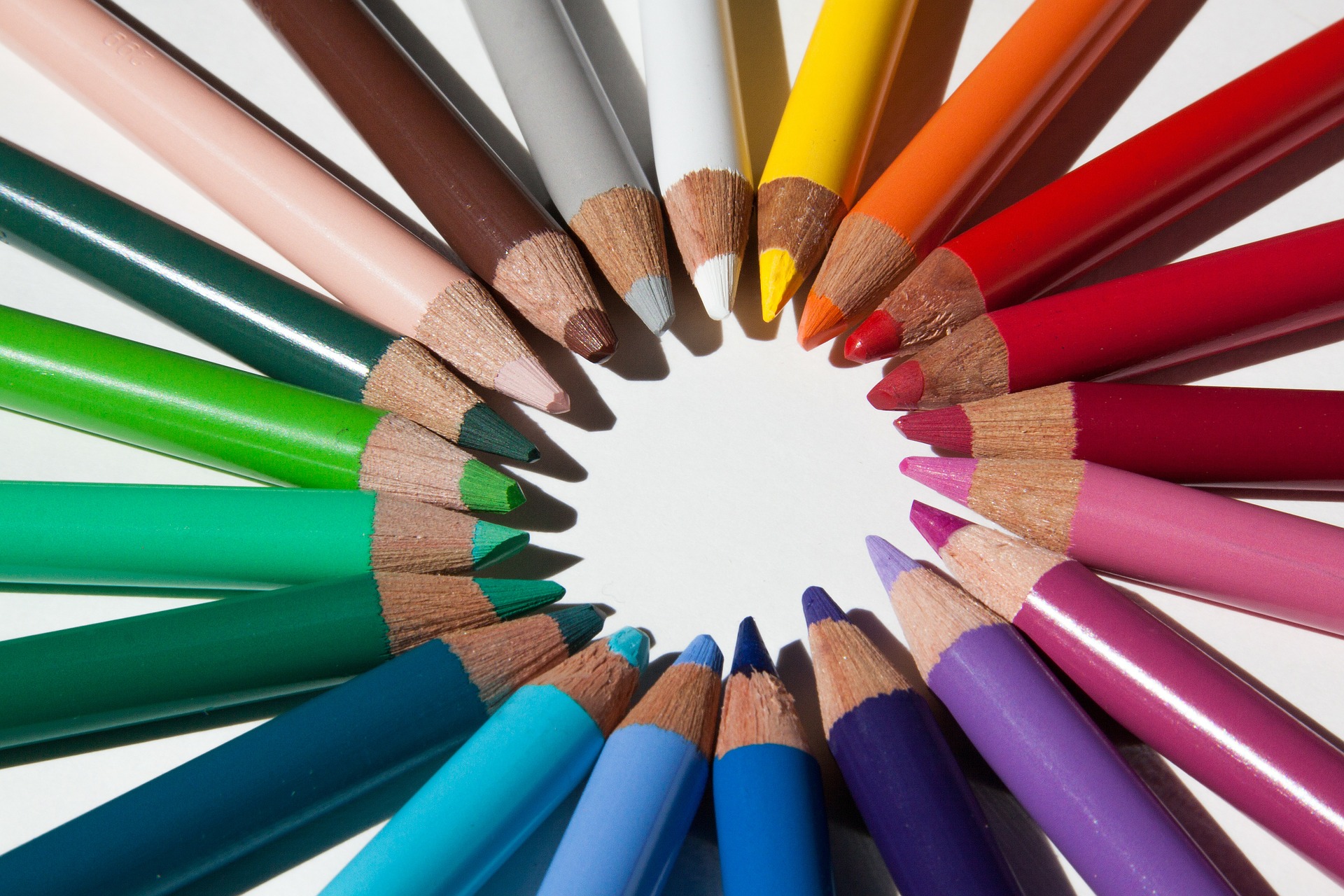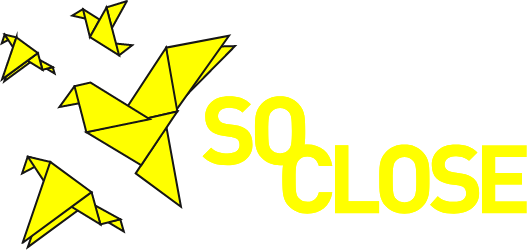Hello from the Peace School Foundation of Monte Sole, one of the 4 cultural institutions partnering in the So-Close project. In this article, we put on the table some questions about co-creation processes within the tools’ implementation.

Considering the list of keywords that are related to the So-Close project, it is easily understandable that intersectionality is one of the core concepts of this research.
So-Close is dealing with cultural heritage, cultural memory, cultural history, history of collective identities and memories, collective memories, identities, lieux de mémoire, oral history, social structure, inequalities, social mobility, interethnic relations as well as conflicts, social cohesion, storytelling, mediation, and social integration, innovation, digital technologies.
This means that different academic disciplines are involved and multiple approaches are to be applied.
If this concept is quite simple to detect in the academic field, when it comes to practical and field work for cultural institutions, it is very tricky to guarantee. How is it possible to guarantee the same level of multiplicity?
The choice that the So-Close perspective made was to rely on the concept of co-creation.
We experienced and learned the lesson during our Focus Groups phase of the project (see MUME article about it), but we have to admit that working on the implementation of the tools having in mind the co-creational perspective was not that easy.
It had probably to do with the fact that filling the tools with content and deciding the shape and the position of that content involves a curatorial aspect that is hard to perceive as shareable. Being a curator is a profession. A career and a skilled and well-trained curator is actually compared to an artist. Moreover, each tool had several technical constraints that seemed to be manageable only by very expert hands.
In other words, it was – as always – difficult to abandon the own comfort zone, that warm feeling given by the possibility of control over the decision-making process.
However, it was the So-Close framework, the original design, and the concept, that led us once again to reaffirm the statement: if the aim is to promote social cohesion, there is no alternative to a fair distribution of power or a fair organization of agencies.
Democratic in intent and therefore in practice, co-creation is exactly about reconfiguring established power relationships, challenging inequality, and working together to improve society.
It is when individuals (and groups) influence the work of cultural institutions from conception right through to delivery and evaluation.
And the implementation of the tools makes no exception to this. Bringing together different forms of experience and knowledge – both lived and learned, co-creation generated both very interesting outcomes thanks to the deployment of mutual support. Cultural institutions’ experts joined refugees and asylum seekers as well as witnesses from past traumatic experiences on a one-level platform for creational activities that was able to communicate both personal stories, personal reflections, community needs and voices, and human beings’ richness and limits.
When we started the So-Close project, co-creation was in a certain way the theoretical framework we were relying on. After almost 3 years of activities, it transformed from a test bench to an attitude. Something that once was a new skill we had to repeat in oder to learn, became a habit so natural as putting a foot in front of the other in order to walk.
Next step: to spread the idea of reciprocal relationships and to be able to generate mutual benefits.



